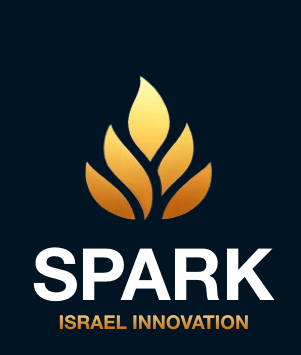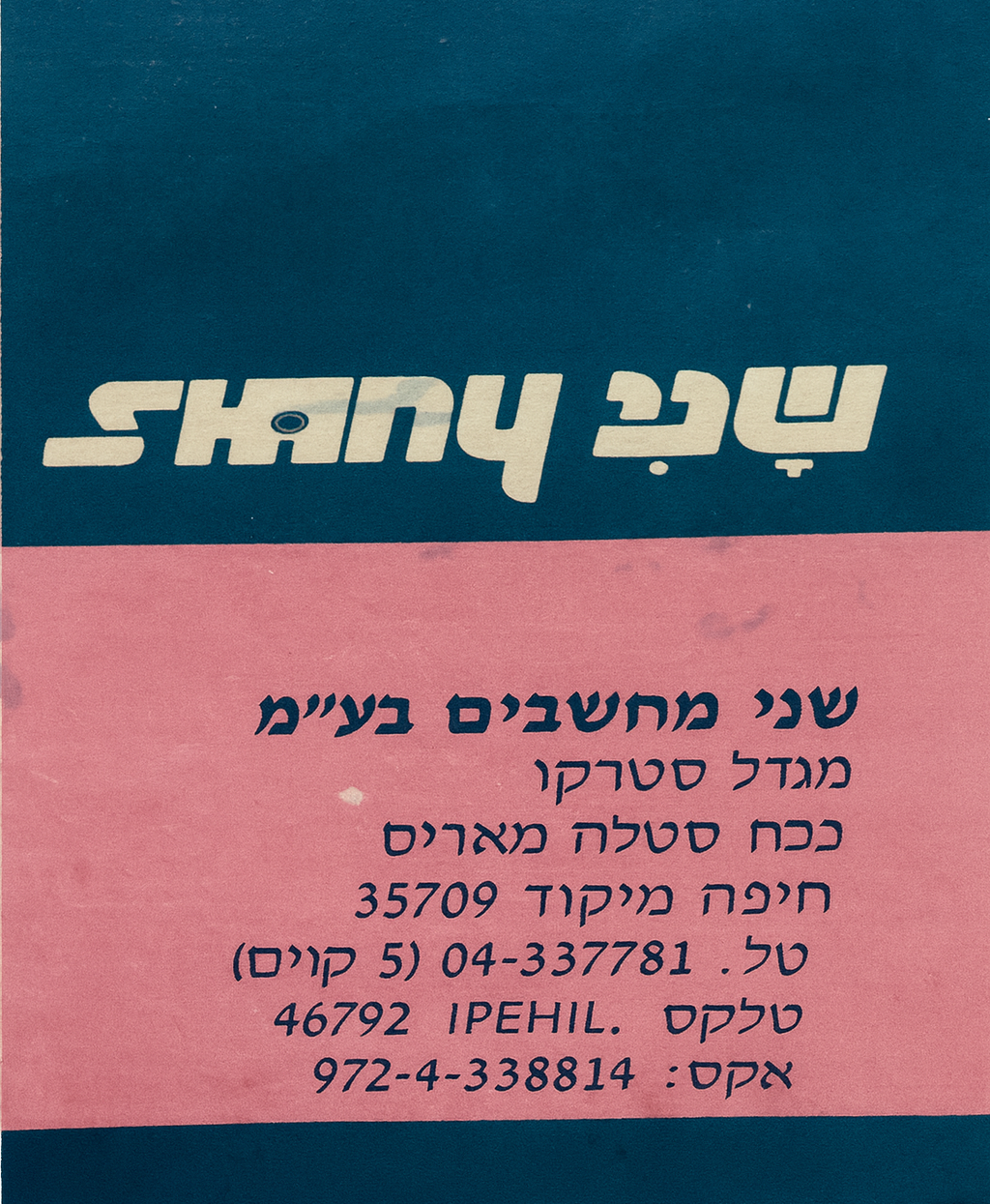The Spark Blog
Wow - the Google Audio Overview feature!

Google has updated NotebookLM with an exciting addition - the Audio Overview feature!
Recently, I shared my post "Innovation Teams Versus Solo Geniuses: The Battle for Breakthrough Success" on the platform, sparking an engaging audio discussion between two individuals.
Take a listen to the conversation and decide for yourself: Audio File Here
Is this a significant feature worth exploring further?
It even created the TOC:
Understanding Innovation: Team Dynamics and the Creative Process
Source: Excerpts from "Innovation Teams Versus Solo Geniuses- The Battle for Breakthrough Success.pdf" by Shlomo Touboul
I. Introduction: Teams vs. Soloists in Innovation
This section introduces the central question: are teams or individuals more effective at driving innovation? It briefly sets the stage for the subsequent exploration of collaborative creativity and individual genius.
II. The Neuroscience of Innovation: How Our Brains Generate Ideas
This section delves into the complex neurological processes underlying human thought and innovation. It examines the role of neural networks in connecting different brain regions, enabling both routine cognitive functions and creative leaps.
III. The Power of Collaboration: Advantages of Collective Thought
This section outlines the numerous benefits of collaborative innovation, emphasizing the contributions of diverse perspectives, synergistic interactions, faster problem-solving, enhanced creativity, shared learning, improved decision-making, and increased ownership of solutions.
IV. Conceptual Networks: Simulating Neural Synergy in Group Settings
This section, originally titled "Is it Possible to Merge an Individual’s Neural Network with Those of Others?", uses the metaphor of merging neural networks to illustrate the dynamic interplay of ideas in a collaborative environment. It clarifies that while literal merging is biologically impossible, group interactions create a conceptual network that amplifies collective intelligence and problem-solving capacity.
V. Unconventional Thinking: How "Foolish" Ideas Can Spark Breakthroughs
This section explores the surprising role of seemingly absurd or impractical ideas in fostering innovation. It argues that such ideas can challenge conventional thinking, forcing individuals and teams to reconsider possibilities and potentially leading to transformative insights.
VI. The Dynamics of Group Innovation: Benefits, Side Effects, and Mitigation Strategies
This section delves into the advantages and potential drawbacks of group brainstorming and innovation. It highlights benefits like synergistic collaboration, increased productivity, and shared resources, while also addressing potential pitfalls such as groupthink, conflict, and decision paralysis. Strategies for maximizing benefits and mitigating risks are discussed, including fostering open communication, defining clear roles, establishing conflict resolution mechanisms, and promoting constructive feedback.
VII. Fostering Fearless Idea Sharing: A Crucial Rule for Group Innovation
This section emphasizes the importance of creating a safe and encouraging environment where team members feel comfortable sharing all ideas, regardless of how unconventional or seemingly foolish they may appear. This fosters uninhibited creativity and prevents potentially valuable ideas from being stifled by fear of judgment.
VIII. Additional Rules for Effective Brainstorming: Focus and Constructive Honesty
This section presents two additional guidelines for productive brainstorming sessions:
Focus on the Issue, Not the Person: Discussions and critiques should center on the merits of ideas rather than personal attributes, fostering a more objective and collaborative atmosphere.
Practice Constructive Honesty: Feedback should be frank yet helpful, highlighting both strengths and weaknesses to refine ideas into actionable solutions without discouraging contributions.
IX. Review and Improvement: Assessing the Article's Logic, Structure, and Value
This section provides a critique of the article, analyzing its logical flow, structural organization, and overall value in understanding the dynamics of innovation. It notes the generally strong logic and clear structure while suggesting improvements to the "merging neural networks" metaphor to avoid potential confusion.



